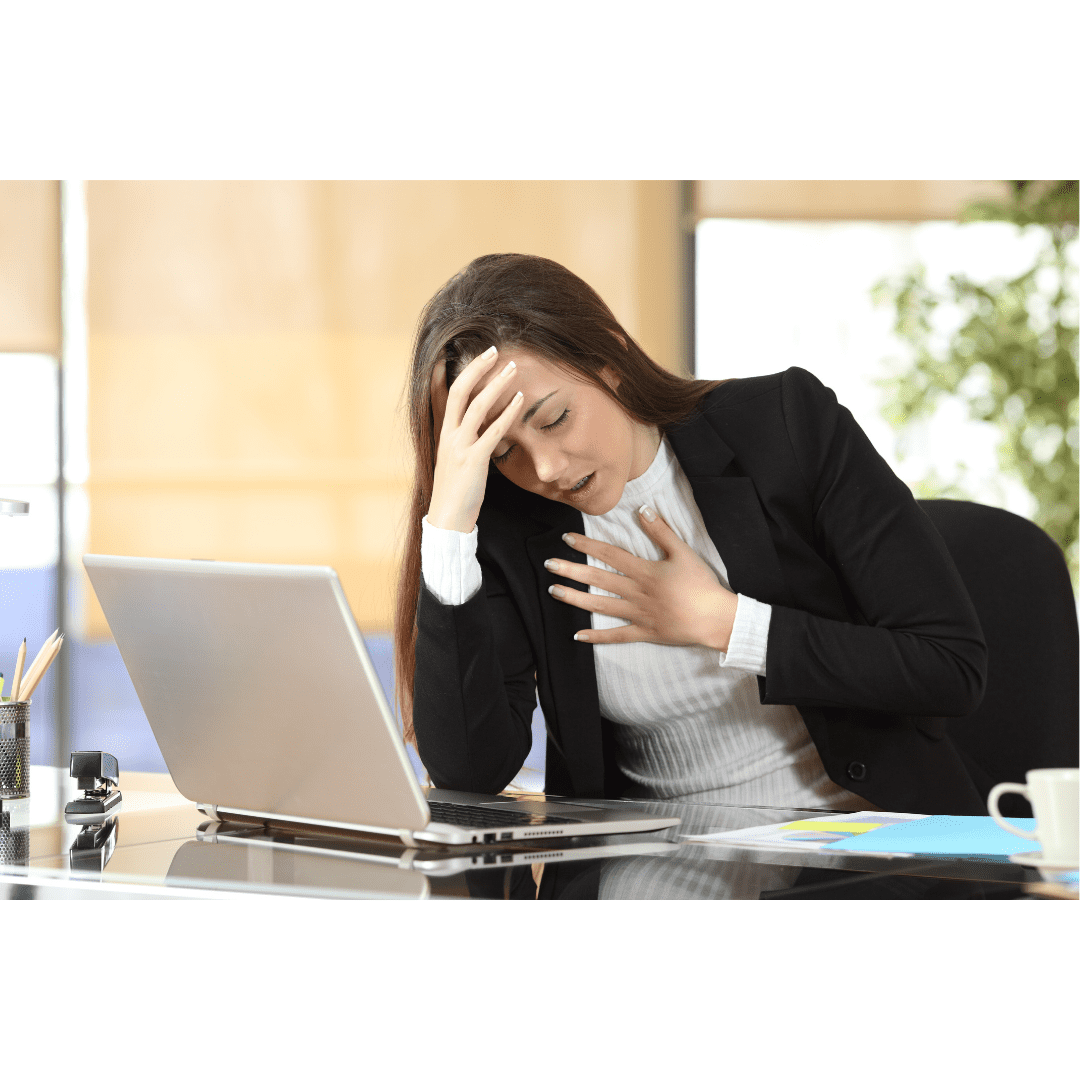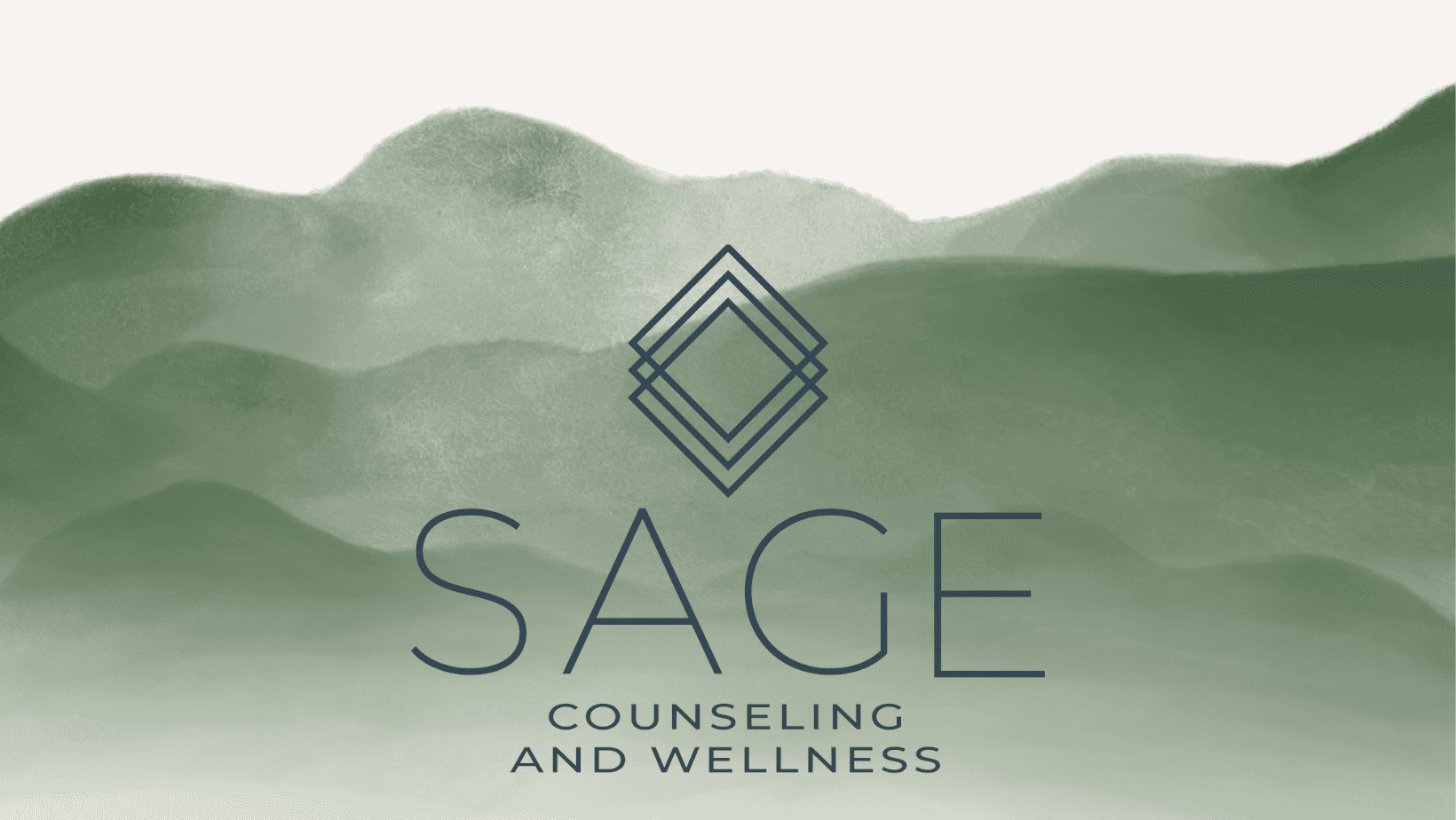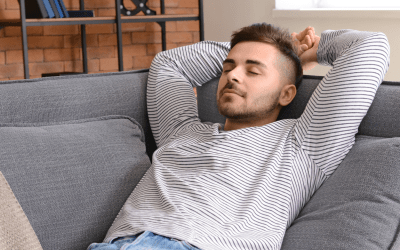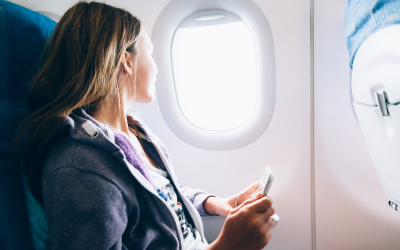
Panic Attacks vs. Anxiety Attacks: How To Tell The Difference
This post may contain affiliate links, which means we may receive a commission, at no extra cost to you, if you make a purchase through a link. Please see our full disclosure https://sagecounselingtherapyandwellness.com/disclosure-privacy-policy-terms-of-use/ for further information.
Experiencing feelings of panic and anxiety from time to time is simply part of the human experience. In fact, these feelings can be useful in helping our body determine when it should be “on guard” and ready to act if there is potential danger coming your way.
However, according to the Cleveland Clinic, about 12% of Americans experience an unhealthy type of anxiety and panic, in which these feelings occur at high intensity in the form of “attacks” and in response to stimuli that are not actually dangerous or threatening.
Many people interchange the titles of “panic attack” and “anxiety attack”, attaching them to any behavior that looks like a “freak out”, or intense surge of worry and fear. In actuality, there are a few differences between anxiety attacks, panic attacks, and non-attacks (just general feelings of anxiety and/or panic) that are worth distinguishing.
Whether you deal with them yourself, or know someone who experiences these symptoms, it’s important that we stay informed on their differences and how we can improve these symptoms!
Panic Attacks
Panic attacks can be characterized as “intense and sudden feeling of fear, terror, or discomfort accompanied by several other mental and physical symptoms”[1]. They come on suddenly, but extremely, which is often very distressing for the individual experiencing them.
This is why a common symptom that comes with panic attacks is a fear of death or serious ailment, like a heart attack—the feelings of panic are often so strong that one mistakes them as a heart attack or fears they might not make it through.
Although they can be quite scary, panic attacks are known to only last about 5-20 minutes and subside after that time frame [2]. They are associated heavily with Panic Disorder, which is characterized by persistent and regular panic attacks [2].
However, it is vital to note that not all people who have panic attacks have Panic Disorder. Panic attacks cause both physical and mental symptoms.
Common physical symptoms:
- Chest pain
- Chills
- Sweating
- Loss of breath
- Dizziness/lightheadedness
- Nausea
- Trembling
- Heart palpitations
- Hot flashes
Common mental symptoms:
- Derealization
- disconnect from the self (people who experience this may feel like they are witnessing the panic attack happening from a far or like it is not happening within their own body)
- Fear of losing control
- Fear of dying
As panic attacks subside, the sufferer may go back to their normal state, but it is also not abnormal for them to feel on edge, dissociated, or anxious the rest of the day.
Anxiety Attacks
Anxiety attacks can be characterized as “a sudden and intense episode of fear and anxiety” [3]. Unlike panic attacks, they frequently have a trigger, or cause, and develop over a gradual building of preexisting anxiety.
Anxiety attacks, although scary and unsettling, are less often less severe than a panic attack. Anxiety attacks can lead to panic attacks if the symptoms worsen and the person feels more and more out of control. If the attack comes on suddenly, or worsens into a feeling of intense terror or dread, it has likely become a panic attack.
Common symptoms:
- Apprehension
- Irritability
- Worry
- Lightheadedness
- Dry mouth
- Difficulty sleeping
- Muscle tension
- Nausea
- Rapid heartbeat
- Sweating
- Shaking
As you can see, some of the symptoms of panic attacks and anxiety attacks overlap. The real difference is that anxiety attacks develop over time, do not have the same mental symptoms as panic attacks, and have symptoms that are more manageable than panic attacks do. This is not to say anxiety attacks aren’t hard to deal with, though, and I’ve got you covered with some advice on how to lessen an anxiety attack or panic attack in the following section.
Advice For Reducing Symptoms:
Whether it is an anxiety or panic attack, the root cause of the attack is Anxiety. You may know exactly what triggered the attack (likely anxiety attack), or it may have arisen quite randomly (likely panic attack). But, you can be sure that the attack was caused by your body having a response to something “dangerous”, whether it is real danger or not. Below are some tips for reducing the severity of symptoms you may face in these episodes:
- Practice deep breathing: because shortness of breath or hyperventilating is a common symptom in both anxiety and panic attacks, practicing deep and relaxed breathing is probably the number 1 tip for reducing them. Focus on taking deep breaths in and out through your mouth, inhaling for 4 seconds, holding for 4 seconds, and exhaling for 4 seconds [4]. This is often called “4,4,4 Breathing”.
- Recognize that it’s “just” a panic/anxiety attack: I don’t mean “just” as if the anxiety or panic attack isn’t real or isn’t scary. However, when people are in the midst of an attack, they often have trouble recognizing what it is caused by: anxiety. By recognizing that this is your body’s response to extreme anxiety, and that you are not dying or having a serious health ailment, anxiety will often alleviate.
- Practice mindfulness: Mindfulness is living fully in the present and diverting your mind’s attention to the reality of what is around you. Keeping yourself from spiraling by doing grounding mindfulness exercises, like naming 5 things around you that you can see, smell, touch, hear, and taste, for example, is extremely helpful in keeping you present and distracts your mind from anxiety. Using workbooks for mindfulness can be extremely helpful for beginners.
- Visualize your “happy place”: Studies have shown that not only physically being in nature, but just visualizing nature, greatly improves anxiety [5]. So, think of whatever nature-y spot makes you happy—it could be the beach, a mountainside, a flowery meadow, or even just your backyard—and try to direct your attention to that mental image. You can also uses guided imagery videos on Youtube that may help you easily visualize an image!
- Use lavender: Research has found that the scent of lavender greatly reduces feelings of stress [6]. Use essential oils, or light a lavender scented candle, and watch how relaxed you feel. It may not automatically stop the panic, but it may help the symptoms subside a bit quicker than normal.
To discuss how therapy could help you during this season of your life, please contact me or schedule your free 15 minute consultation.
Sources Used:
[1] Sheryl Ankrom, M. S. (2022, May 2). What is the difference between panic and anxiety attacks? Verywell Mind. Retrieved May 10, 2022, from https://www.verywellmind.com/anxiety-attacks-versus-panic-attacks-2584396
[2] NHS. (2020, July 28). Panic disorder. NHS choices. Retrieved May 10, 2022, from https://www.nhs.uk/mental-health/conditions/panic-disorder/#:~:text=Most%20panic%20attacks%20last%20between,them%20several%20times%20a%20week.
[3] Sheryl Ankrom, M. S. (2020, September 18). What happens during an anxiety attack. Verywell Mind. Retrieved May 10, 2022, from https://www.verywellmind.com/what-is-an-anxiety-attack-2584253
[4] Gotter, A. (2022, January 5). 11 ways to stop a panic attack. Healthline. Retrieved May 10, 2022, from https://www.healthline.com/health/how-to-stop-a-panic-attack#12-ways-to-stop-a-panic-attack
[5] Nguyen, J., & Brymer, E. (2018, October 2). Nature-based guided imagery as an intervention for state anxiety. Frontiers in psychology. Retrieved May 10, 2022, from https://www.ncbi.nlm.nih.gov/pmc/articles/PMC6176042/
[6] Malcolm, B. J., & Tallian, K. (2018, March 26). Essential Oil of Lavender in anxiety disorders: Ready for prime time? The mental health clinician. Retrieved May 10, 2022, from https://www.ncbi.nlm.nih.gov/pmc/articles/PMC6007527/
Want to read more? Here are a few of my related blog posts you may be interested in checking out!




0 Comments